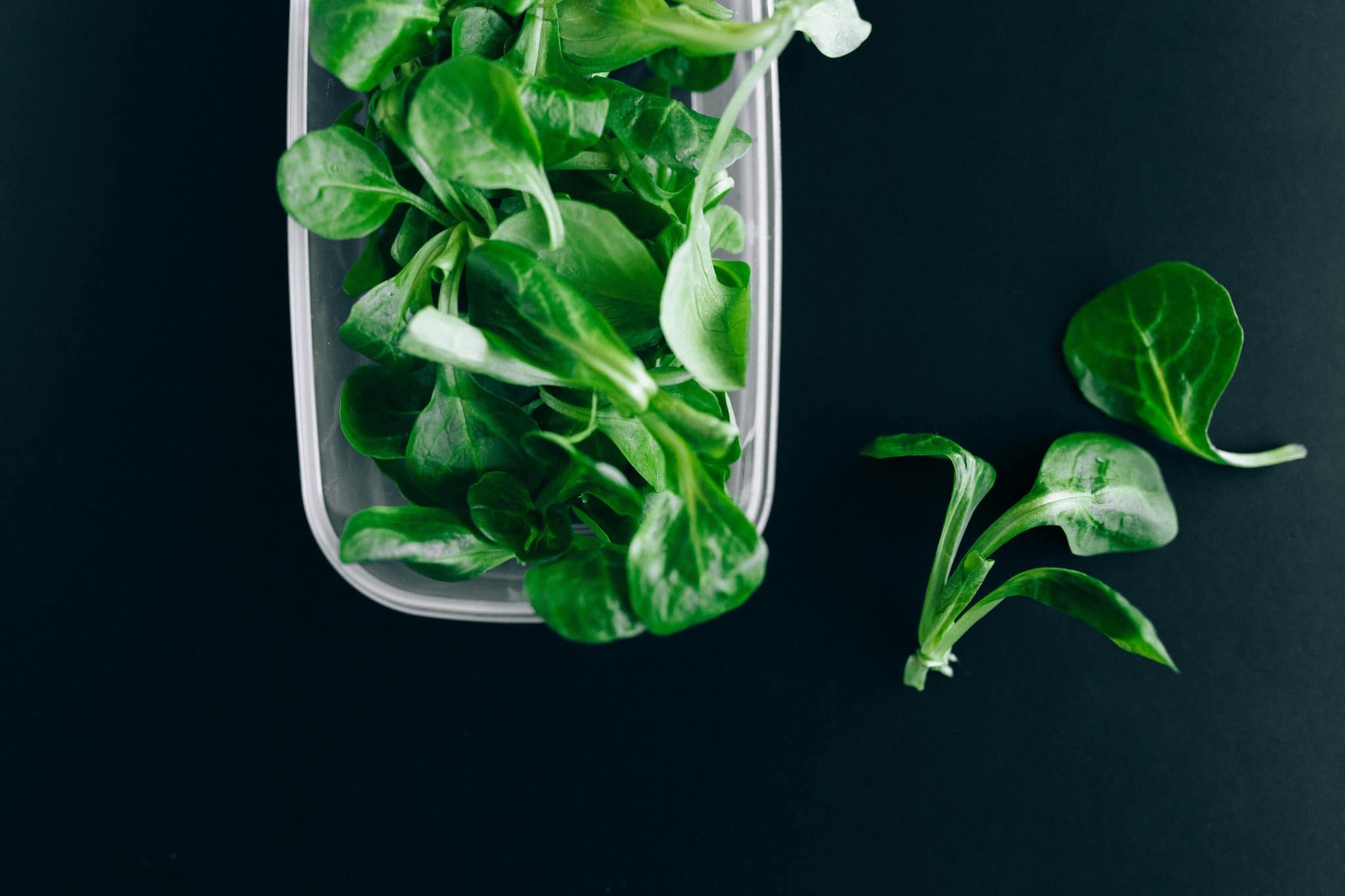Kitchen Storage Containers: Choosing Right Materials for Food Safety
In today’s busy world, convenience and efficiency are key when it comes to meal preparation and storage. With the ongoing rise in foodborne illnesses, it’s more important than ever to prioritize food safety in every aspect of the kitchen, particularly when it comes to storing food. Choosing the right kitchen storage containers is crucial in ensuring the safety and hygiene of your food. In this article, we will explore the different materials used in kitchen storage containers and their impact on food safety.
Understanding Food Safety
Food safety is the process of handling, preparing, and storing food in a way that prevents foodborne illnesses. Each year, millions of people fall sick due to consuming contaminated food. The most common causes of foodborne illnesses are bacteria, viruses, parasites, and toxins.
One of the key factors in preventing foodborne illnesses is the proper storage of food. This not only includes the temperature at which food is stored, but also the type of container used to store the food. When it comes to kitchen storage containers, there are a variety of materials to choose from, each with its own advantages and disadvantages in terms of food safety.
Materials for Kitchen Storage Containers
Glass Containers
Glass containers are a popular choice for kitchen storage due to their durability and non-toxic nature. Glass containers are nonporous, meaning they do not absorb food or liquid, making them easy to clean and preventing the growth of bacteria. They also do not contain any harmful chemicals that can leach into food. However, glass containers can be heavy and prone to breaking, making them less convenient for everyday use.
Plastic Containers
Plastic containers are lightweight, durable, and come in a variety of shapes and sizes, making them a popular choice for kitchen storage. However, not all plastics are created equal. It’s important to pay attention to the type of plastic used in the containers, as some may contain harmful chemicals such as BPA that can potentially leach into food. BPA-free plastic containers are a safer option for food storage. Additionally, plastic containers can scratch easily, providing a breeding ground for bacteria.
Stainless Steel Containers
Stainless steel containers are another popular choice for kitchen storage. They are lightweight, durable, and non-porous, making them easy to clean and resistant to bacterial growth. However, it’s important to make sure the containers are food grade stainless steel, as some stainless steel products may contain other metal alloys that can leach into food.
Ceramic Containers
Ceramic containers are a stylish and environmentally-friendly option for kitchen storage. They are non-toxic, non-reactive, and do not harbor bacteria. However, they may not be as durable as other materials and can break easily if not handled carefully.
Choosing the Right Container for Your Needs
When selecting kitchen storage containers, it’s important to consider your specific needs and the type of food you will be storing. For example, if you regularly store and reheat food in the microwave, glass containers may be the best option. On the other hand, if you need lightweight and durable containers for on-the-go meals, plastic or stainless steel containers may be more suitable.
It’s also important to pay attention to the quality and grade of the materials used in the containers. Investing in high-quality, food-grade containers will not only ensure the safety of your food, but also save you money in the long run by reducing the need to replace containers.
Conclusion
Choosing the right kitchen storage containers is essential for maintaining the safety and hygiene of your food. Glass, plastic, stainless steel, and ceramic containers are all popular choices, each with their own benefits and drawbacks. By understanding the different materials used in kitchen storage containers and considering your specific needs, you can make an informed decision that best suits your lifestyle and ensures the safety of your food.










